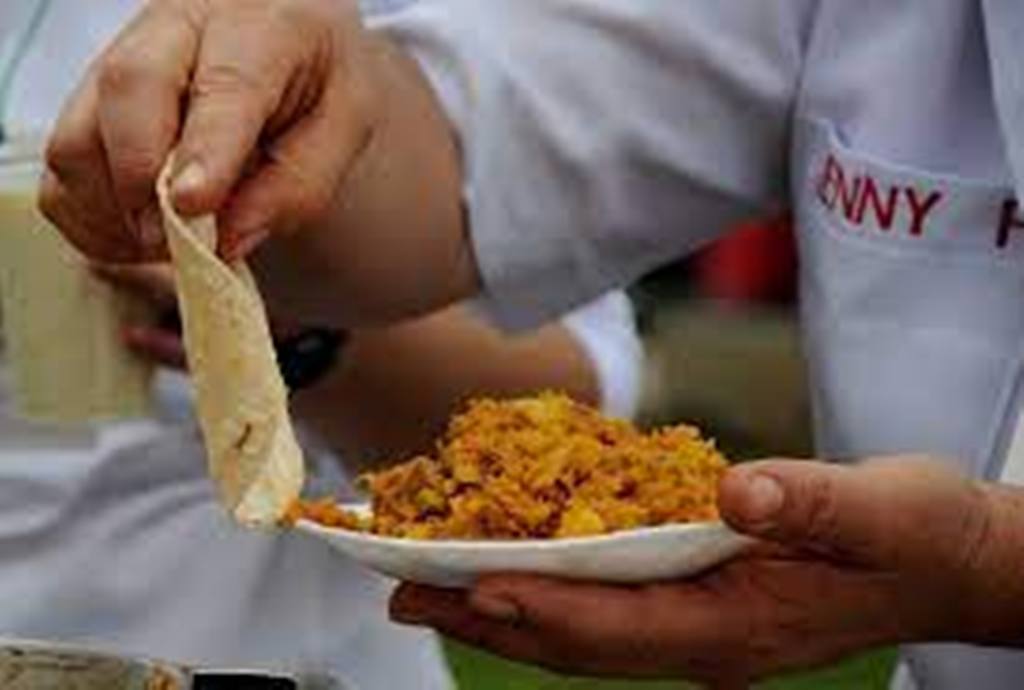For Costa Ricans, food has particular value during Easter. At this time, families enjoy honey, pickles, minced meat, donuts, cakes and other foods prepared in advance especially for these days, using recipes inherited from generations.
Today, these delicious meals give us a glimpse of how our grandmothers made intelligent use of the food available, using conservation techniques which enable avoid loss and waste of food during this time, which for the Catholic population, is dedicated to activities of reflection and prayer.
POINT: To have updates future costarican Retreats and events through join our newsletter. Do not miss to What is happening around you! Click here.
Dr. Patricia Sedó Masis, researcher at the School of Nutrition at UCR, in the article “Flavors and aromas of the Costa Rican table during Holy Week”, highlights traditional foods with extreme flavors, the use of ‘seasonally available foods and preparations that extend the useful life of foods.
Millennial techniques
According to Sedó, the preparation of some dishes and drinks took over time, without much variation in ingredients or cooking techniques. The researcher notes that in the absence of advanced preservation equipment and techniques in the past, the most practical thing was the preliminary preparation of preserves in the form of honey and pickled preserves.
For her part, Dr Ana Mercedes Pérez, researcher at the National Center for Food Science and Technology (CITA), affirms that food preservation is ancestral, there are testimonies from the time of the Romans who canned fish. and salted fruit. Honey.
“These techniques aim to increase the shelf life of foods, which are safe for as long as possible, that is, the product is in good condition so people don’t get sick. In addition, they allow us to have food at any time of the year when it is not normally available, ”Pérez explained.
Conservation methods
The expert explains that the objective of canned food is to maintain control over microorganisms. “If you add salt or sugar, there is no water available for the microorganisms to live, grow and reproduce.” Adding sugar makes it possible to prepare fruit in syrup, to make fruit with honey or jams, such as chiverre honey, cashew honey and green papaya honey, which are typical of this period.
In the case of jams, in addition to adding sugar which controls the growth of microorganisms, the application of heat treatment or cooking reduces the microbial load and thus lengthens the shelf life of the food.
To make these and other preserves last longer, Dr. Pérez recommends using glass jars, sterilizing them with boiled water, hot filling, and sealing them tightly. This means that there is no contamination from the outside and the food lasts longer.
Another way to preserve food is to lower the PH through addiction to organic acids (the most common is vinegar). This is used in particular for the production of pickles, which are canned vegetables that are also very typical of Easter.
Seasonal products
Holy Week is usually celebrated between the last week of March and the first two weeks of April. At this time of the year in our country there was a large harvest of various fruits and vegetables, including: chiverre, mango, jocotes, cashews and grapefruits, says Sedó in his article. With these ingredients, various sweet dishes are made that allow you to enjoy seasonal products.
There are also food preparations that are normally underused, such as Itabo flower. The Itabo flower is one of the few common flowers in Costa Rican gastronomy and is available at the moment. In the past, the poró flower (Erythrina berteroana) and squash flowers were also used, according to Dr Patricia Sedó.
The researcher specifies that another indigenous product widely used at Easter are the hearts of palm trees or the tender stems of various palms, the most common being that of pejibaye. In the case of hearts of palm, its highest production coincides with the Lent season, so its use is common at Easter in the form of minced meat and salads.
Likewise, modification of daily recipes was frequent, which avoided the use of red meat, as is the case with “silent tamales” (tamales without garnish), bean tamales or chopped mustard greens. The elaboration of pastries prepared before religious celebrations stands out, and which were kept in large baskets suspended from the ceiling.
Meals at the time of Holy Week are currently a sample of gastronomic crossbreeding, where tradition appears in the use of products available at the time, the techniques of food preservation and the change of routine in the diet of families.
Thanks to TCU-486 “Contribution to the conservation and revitalization of the traditional cuisine of Costa Rica” and to the program EC-436, Food traditions and heritage cuisine of Costa Rica: contributions for its safeguard ”produced by the School of nutrition of the UCR, multiple investigations have been carried out to better understand food as a cultural expression, and the relevance of preserving and enhancing our heritage cuisine.


